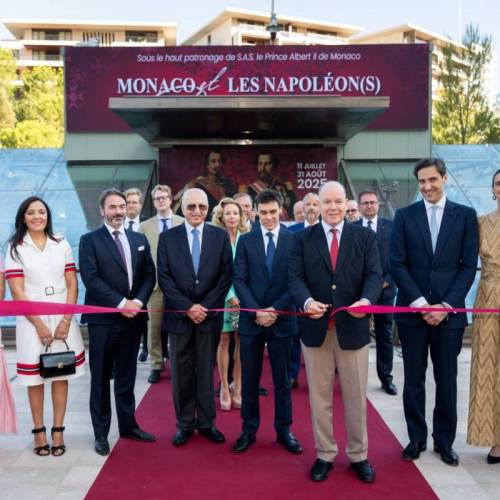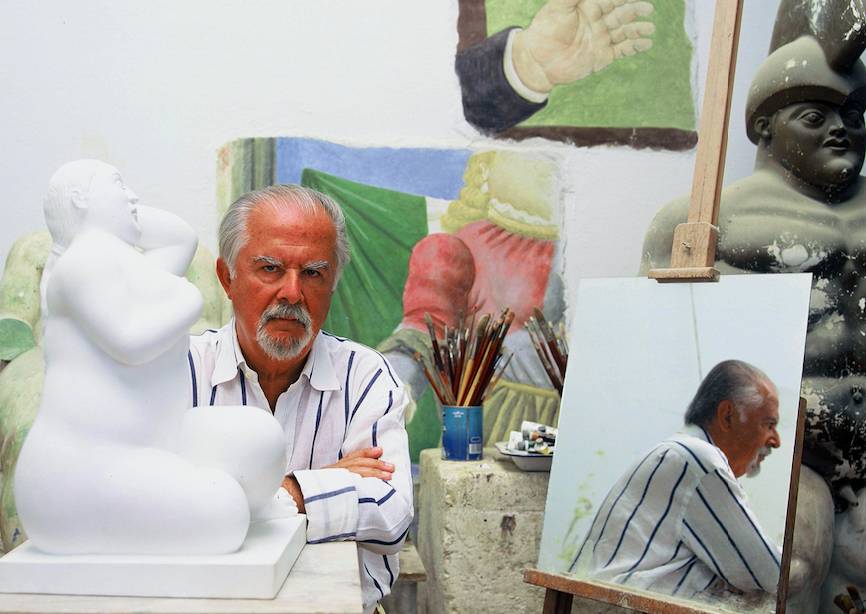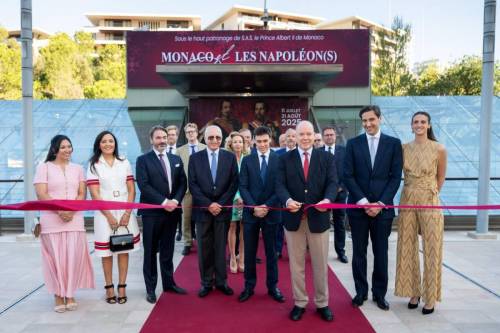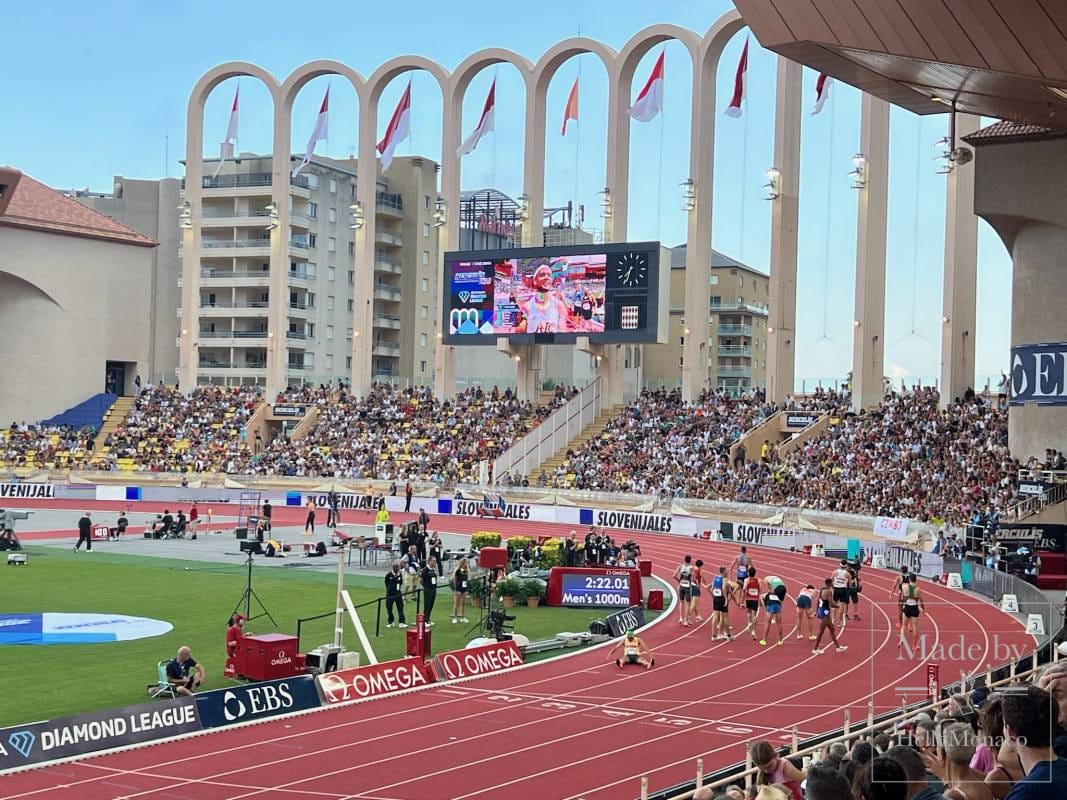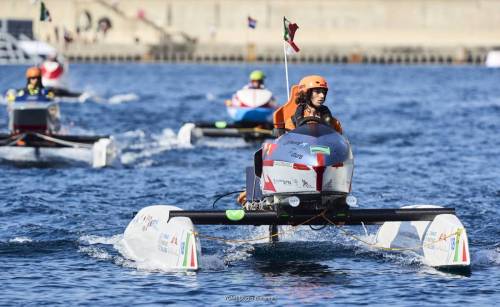I was sixteen years old when I first saw a Botero painting. Hanging above the kitchen table in my uncle’s house, in Guadalajara Mexico, was a print of an expansive woman in a red and white dress. I was quickly drawn to the piece’s playfulness, the smooth and careful way the artist had shaded her round arms and cheeks, the rich and vivid colours he had used. “My favourite painter,” my uncle said at the time. I immediately understood why.
One of the greatest artists of the 20th century died on 15 September at the age of 91 in Monaco, leaving art lovers across the world (including my uncle) grief-stricken. Born in Colombia in 1932, the artist leaves behind thousands of paintings and hundreds of sculptures depicting his voluminous, signature figures. His style, known as “Boterismo”, makes his art instantly recognizable.
Inspired by a mandolin
Botero’s breakthrough moment came in 1956 while he was living in Mexico City. He painted a mandolin with an unusually small sound hole, giving the instrument exaggerated proportions. Something clicked and Botero’s lifelong exploration of volume was ignited.
“An artist is attracted to certain kinds of form without knowing why. You adopt a position intuitively; only later do you attempt to rationalize or even justify it,” said Botero.

© Hello Monaco
Training as a matador
After his father died when he was only four years old, Botero’s uncle became an important figure in the young artist’s life. His uncle, who decided to enrol Botero in a bullfighting school when he was 12 years old, quickly discovered that Botero was far more interested in drawing and painting bulls than fighting them. The artist’s first works were watercolours of bulls and matadors, which were sold by the ticket vendor at the bullfighting events.
In 1948, when Botero was 16, he had his first illustrations published by El Colombiano, one of the most important newspapers in Medellín. The money he made from the publications allowed Botero to finance his art studies.
Moving to Monaco
For the final thirteen years of his life, Botero chose Monaco as his main residence, citing the tranquillity, light and climate as his main reasons for living in the Principality. He left behind a studio full of paintings in progress, as the artist was known to paint everyday. His go-to medium was oil paint and his technique was to allow each layer of paint to dry for one month before applying the next layer. This process meant that Botero would work on several pieces at the same time.
Sculpting with sawdust?
Botero gave away two of his most famous sculptures to the country where he worked and lived so comfortably and so happily. They are “Adam and Eve” not far from the Rainier III Auditorium and “A Woman with a Cigarette” in the Fontvieille garden. In 2019, thirty of Botero’s pieces were exhibited in Monaco. The exhibition closed with an auction of his works for the benefit of the Prince Albert II Foundation.
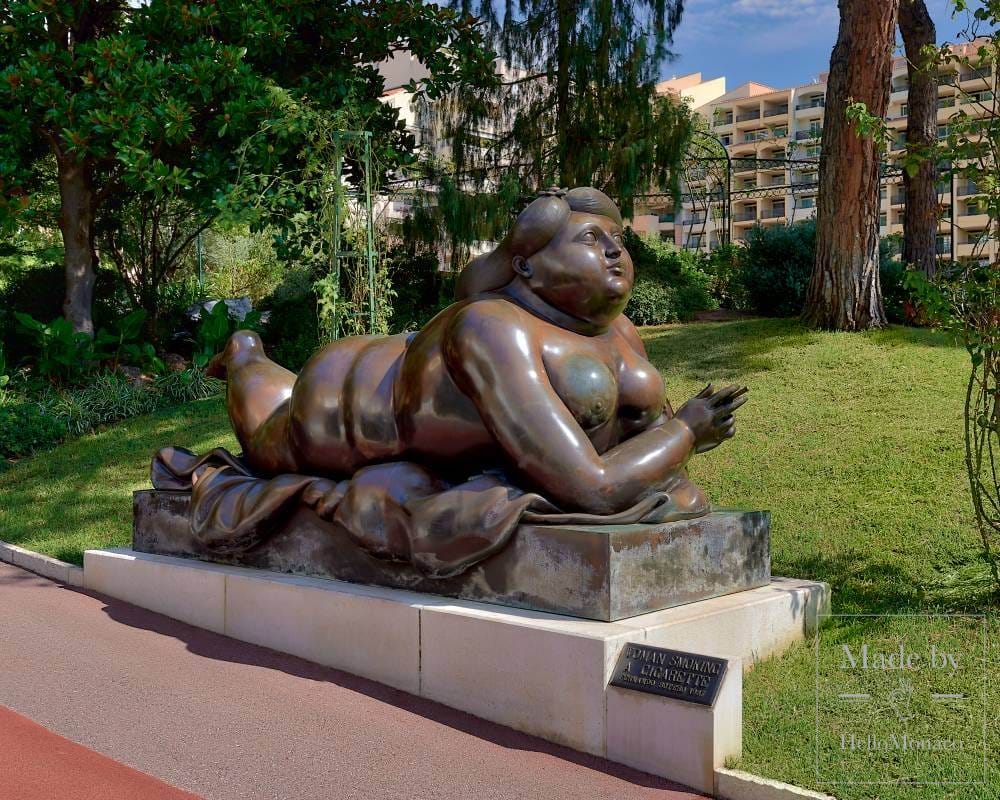
The artist began sculpting in 1964, when he was financially unable to work with bronze and had to sculpt with acrylic resin mixed with sawdust. In the mid-1970s, when his career began taking off, he exhibited bronze sculptures for the first time at the Grand Palais in Paris.
In 1995, a terrorist group linked to Pablo Escobar put a bomb beneath Botero’s Pájaro (Bird) sculpture, which he had donated to the city of Medellín. Thirty people were killed and two-hundred were injured. Botero responded to the tragedy by donating a sculpture titled ‘La Paloma de la Paz’ (The Dove of Peace) to Medellín. The sculpture can be seen beside the crumpled remains of the first sculpture.
A generous artist
Botero has donated hundreds of sculptures and paintings to museums and cities around the world. Two hundred works by various famous artists, including Picasso, Dalí, Renoir, Monet, Degas, Toulouse-Lautrec and Klimt were donated to museums in Medellín and Bogotá. The collection went on to form the basis of the Botero Museum in Colombia’s capital city, which opened in 2000.
Botero’s style has captivated the world for decades. Although he is no longer with us, his influence, selfless generosity and larger-than-life creations continue to live on.

